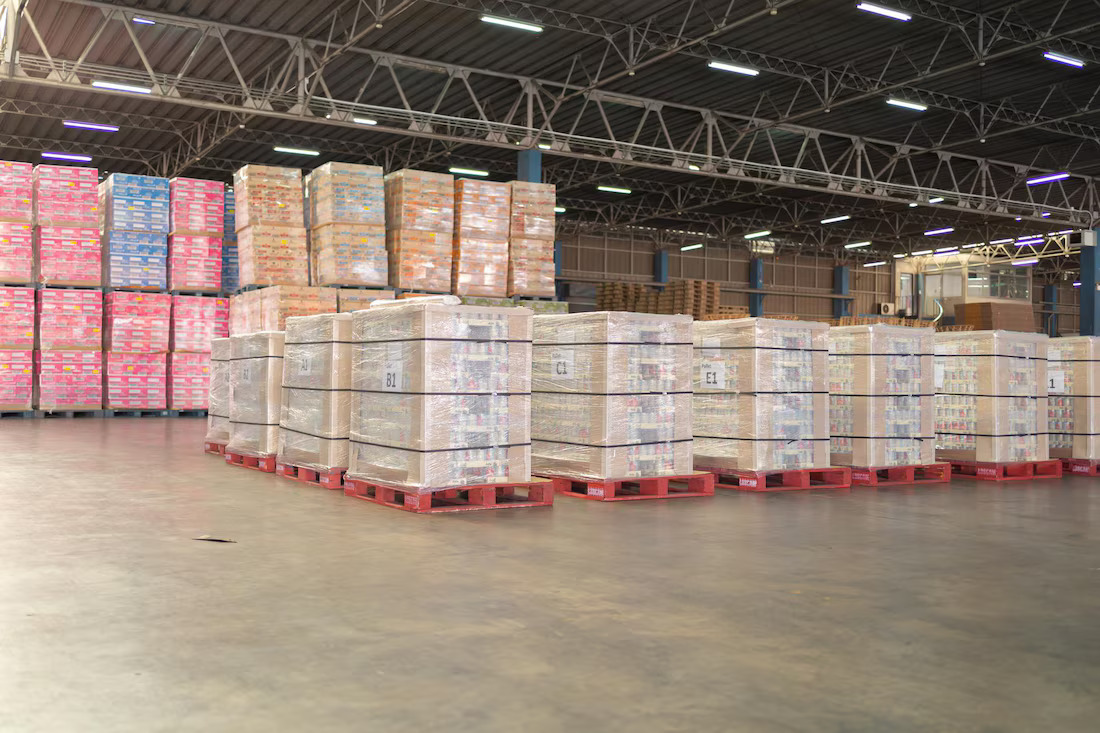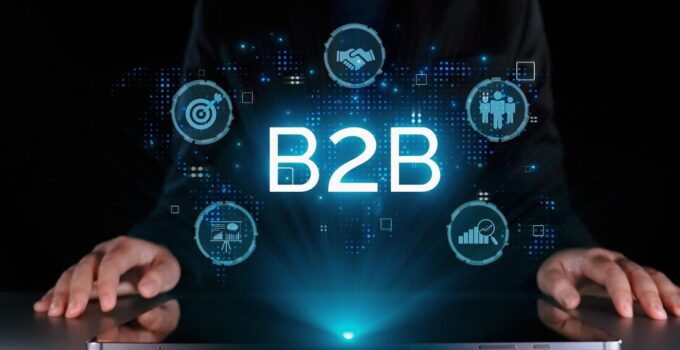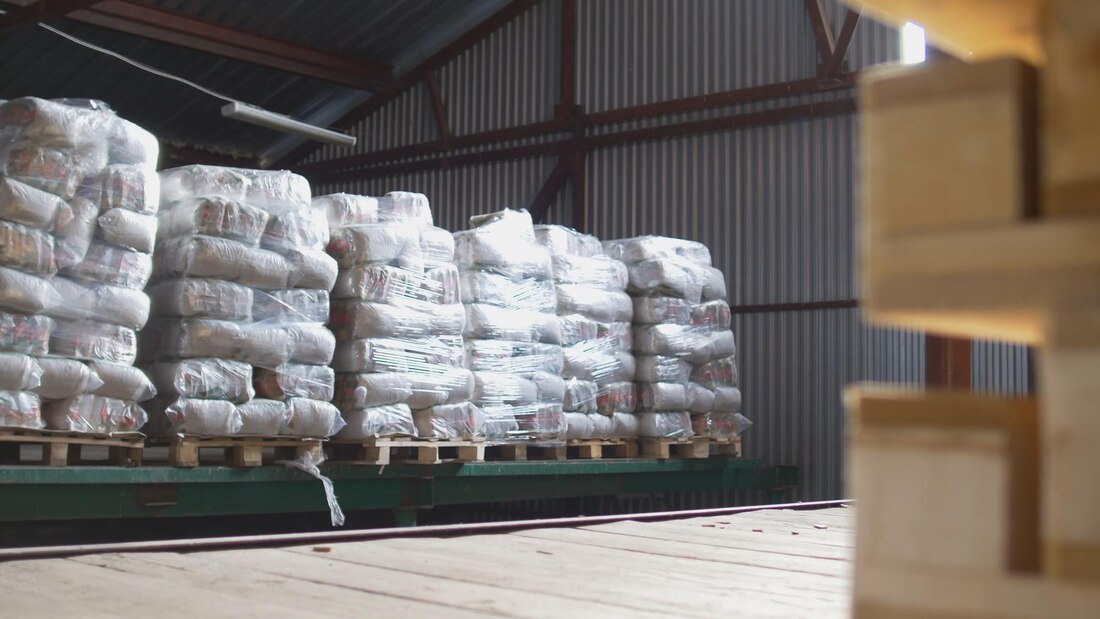The B2B liquidation market? It has definitely gone through multiple changes and how the transformation is more relevant than ever in 2025.
It is a pivotal point in its evolution due to industry pioneers and how they are reshaping how businesses manage surplus inventory. In the process, they have been changing the way to optimize asset recovery and leverage technology to maximize profits.
The result? A well-developed system and market nowadays that offers the best opportunity for all resellers… as long as it is done well.
Our role here at Coastal Surplus Solutions is to be part of your supply chain and facilitate your projects. What we want to do first is offer key trends, strategies, and the innovations that drive the evolution of B2B liquidation.
We want to share this so that you understand what actionable insights you need and should consider. All of it to make you thrive in this dynamic landscape.
From Traditional Liquidation to Strategic Asset Management
Initially, B2B liquidation was all about offloading excess or returned inventory at discounted prices.
Today, it remains a core function and part of the fundamental aspect behind liquidation, but it isn’t entirely what today’s market based on.
Leaders view liquidation as a strategic tool to recover value, improve cash flow, and enhance supply chain efficiency. Turning the main core aspect into a value element is what brings the change and evolution.
It isn’t the same looking at it in a way as free space compared to making more money.
For instance, a typical pallet can cost about $8.000. with shipping and costs, this can go up to $10.500.
What leaders and pioneers do is work on detailed ROI models to ensure the investment is worth it.

They don’t only want returns; they want maximization of these profits to guarantee a larger margin.
Today, they focus on how much they spend, but also consider how this can become profitable beforehand. With this in mind, they aim for 50% or more in returns.
How can they maximize these profits with the current strategic asset management?
- By considering high-demand categories and starting with them.
- Analyzing manifests and properly inspecting items before resale.
- Efficient distribution channels and multiple platforms for selling.
Embracing Technology and Data Analytics
Technology is a key driver in the evolution of B2B liquidation. With more automation, AI-powered manifest analysis, and real-time tracking systems, everything has become easier.
However, knowing how to adapt the tools is the defining element that drives you to succeed and maximizes your resources.
In many cases, issues surface because of poor implementation and how projects need to be handled.
But is technology really needed in the new B2B model? Absolutely.
While it feels like an extra, all these tools truly bring more comfort and opportunities. Hence, implementing them is not an option anymore.
They offer businesses the opportunity to:
- Accurately assess inventory condition and value.
- Forecast demand based on market trends and historical sales data.
- Streamline logistics and fulfillment processes.
- Enhance buyer experience through digital marketplaces. This also includes auctions.
An example of this is EcoRing the Auction. It exemplifies the shift by integrating AI tools and transparent manifests.
Unlike before, they establish a system that allows buyers to make informed decisions. In the process, sellers optimize liquidation outcomes for the best.
Key Strategies for Success in 2025
But out of all the options, what can maximize profits and sustainability in B2B liquidation?
For starters, choosing trusted platforms. As long as you work with reputable marketplaces, you won’t have to worry about the selling and buying process. You will find detailed manifests and transparent pricing.
Other aspects and strategies include:
- Understanding how product conditions work and the categories or expectations of the products.
- Starting small and always focus on scaling, not the other way around.
- Leverage data and trends to identify the market demand and adjust your inventory accordingly.
- Integrate technology for all previous strategies and to simplify your tasks.
The road ahead requires a lot of work. However, as mentioned by Big Commerce, improving operational flexibility and customer satisfaction will naturally boost your profits.
Take the time and work on improving your business with the new liquidation options and how the industry has evolved.
Feel free to contact Coastal Surplus Solutions for more information and to work with our team to achieve your goals.




